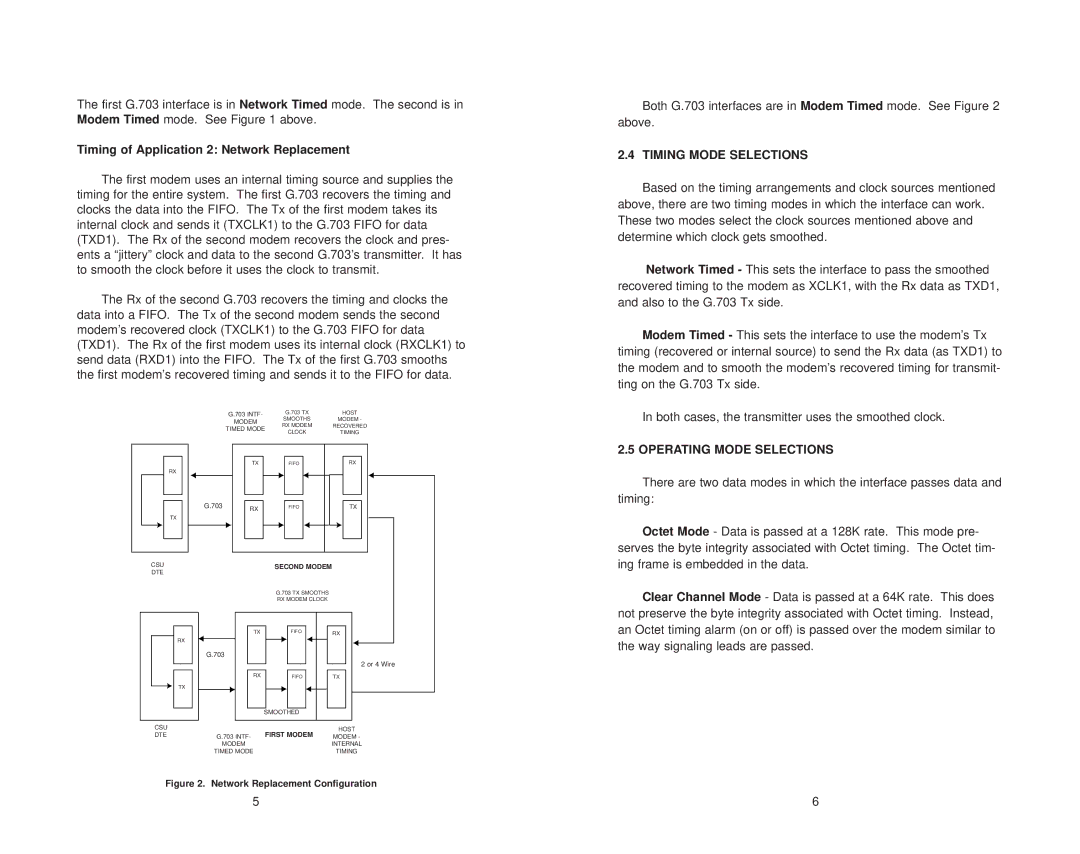IM 1/F specifications
The Patton Electronics IM 1/F is a cutting-edge network interface device known for its versatility and reliability in data transmission across various communication infrastructures. As a key player in the realm of media conversion, this device is designed to facilitate the seamless integration of analog and digital systems, enhancing connectivity while delivering top-notch performance.One of the standout features of the IM 1/F is its support for both T1 and E1 interfaces. This dual capability makes it particularly valuable in diverse telecommunications environments, allowing users to easily transition between different communication standards without the need for additional hardware. The device is equipped with a built-in Ethernet interface, promoting hybrid functionality that accommodates modern networking needs.
The IM 1/F employs advanced error correction technologies, which significantly enhance the integrity of data transmission. These features ensure minimal downtime and maximize throughput, making it an ideal choice for businesses that depend on uninterrupted communication channels. Moreover, its ability to handle delays and jitter means that it can maintain high-quality connections, even in challenging network conditions.
Another highlight of the Patton IM 1/F is its compact and rugged design. This makes it suitable for deployment in various environments, from central offices to remote installations. The device supports both standalone and rack-mount configurations, providing flexibility in installation options. Its industrial-grade components are built to withstand harsh operating conditions, ensuring longevity and durability.
The intuitive management interface of the IM 1/F allows for easy configuration and monitoring. Users can access the device via its web-based interface, enabling straightforward adjustments to settings without requiring extensive technical expertise. This user-friendly approach simplifies integration into existing systems, ensuring a smooth operational workflow.
In addition to its robust performance capabilities, the Patton IM 1/F offers comprehensive diagnostic tools. These tools provide insights into line quality and performance metrics, empowering administrators to troubleshoot issues efficiently and optimize network performance.
In conclusion, the Patton Electronics IM 1/F stands out as a versatile and robust solution for businesses in need of reliable data transmission solutions. With its powerful feature set, advanced technologies, and rugged design, it addresses the growing demands of today's interconnected world while ensuring that users can maintain high-quality communication channels with ease.

